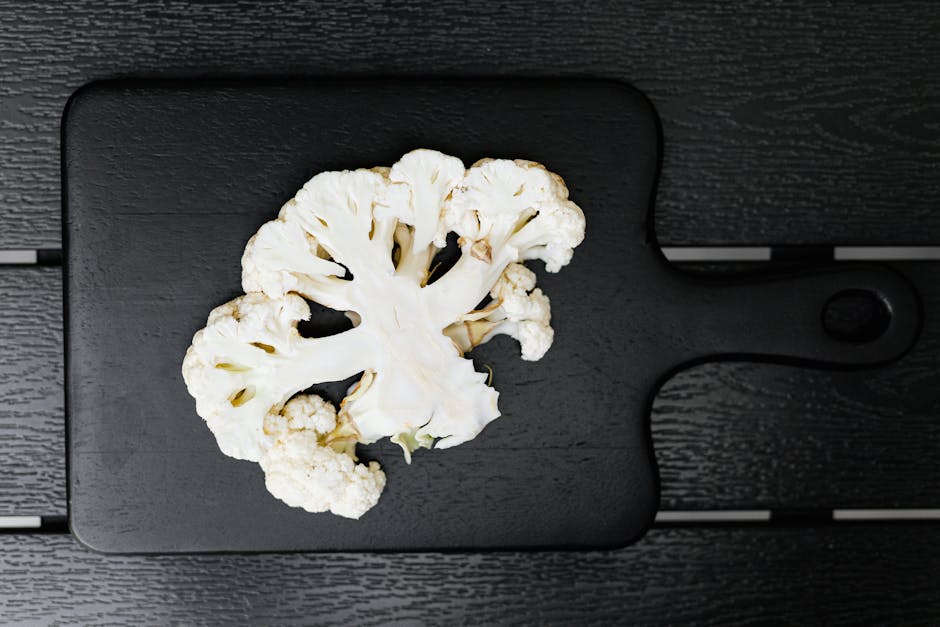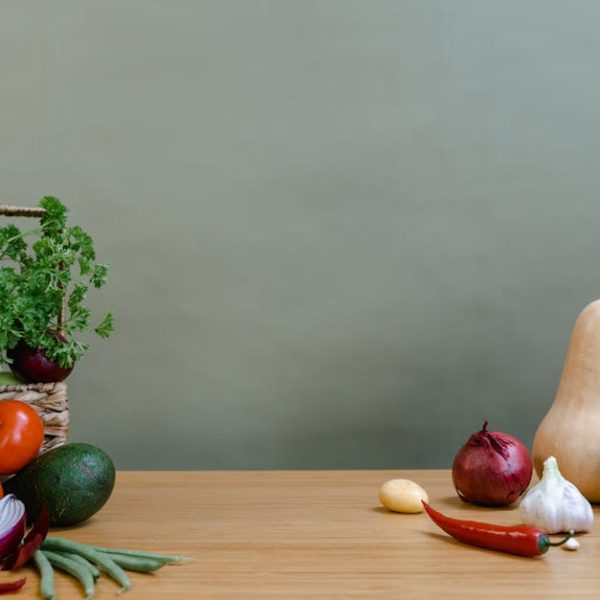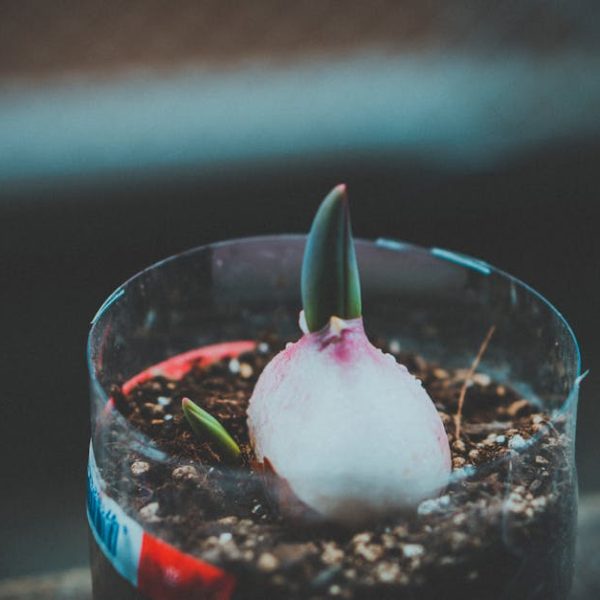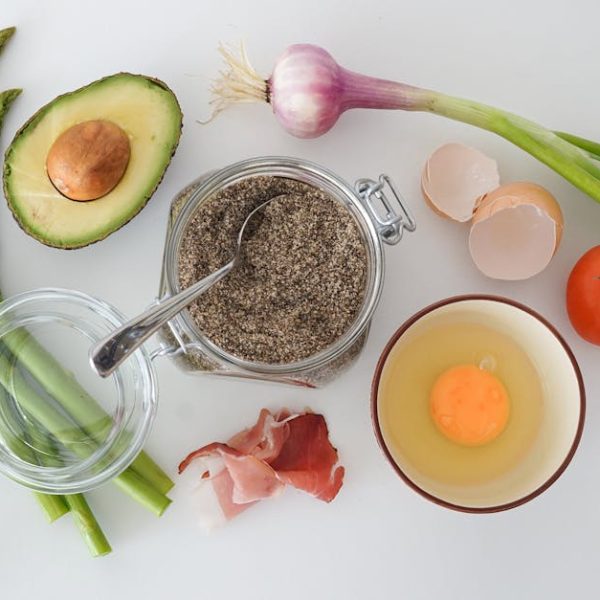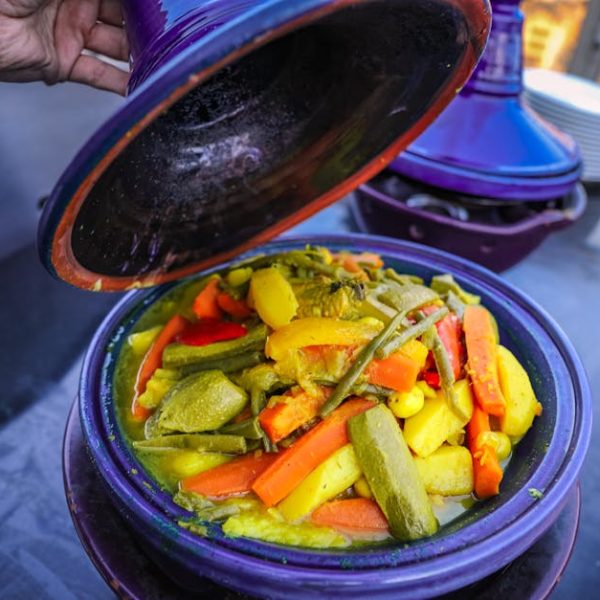Storing Fresh Cauliflower in Refrigeration
Keeping your cauliflower fresh starts with proper refrigeration, a process that is as quick and simple as it is effective. The first step involves cleaning the vegetable thoroughly, removing any excess dirt, and ensuring it is completely dry. Dampness can reduce shelf life and promote bacterial growth, so pat your cauliflower dry before proceeding with the next step.
Cutting the cauliflower into florets improves air circulation when stored, and placing them in a perforated bag instead of a tightly sealed one aids in this aspect too. Remember, while refrigeration keeps your cauliflower fresh, it doesn’t stop the aging process entirely. But that’s okay, because your cruciferous gem will generally last up to a week in the fridge.
Cauliflower Preservation: Blanching and Freezing
Should you want to store your cauliflower for more extended periods, blanching and freezing offer the prospect of nearly year-long preservation. It’s a bit more involved than refrigerating, but still quite straightforward.
After cleaning and cutting your cauliflower, blanch the pieces in boiling water for three minutes. This initial high heat kills bacteria that could cause decay and prepares your cauliflower for its cold residency. It’s critical, post-blanching, to immediately chill the florets in ice water to halt the cooking process. Following a good pat dry, you lay the pieces in a single layer on a tray and freeze. Once completely frozen, transfer them to a freezer bag.
This process retains much of the cauliflower’s nutritional value and taste, though it can alter the texture slightly. While it is a bit time-consuming, the long shelf-life and convenience when used in future cooking sessions are definite pros.
Vacuum Sealing Cauliflower for Optimal Freshness
If you’re in possession of a vacuum sealer, you’ve got a solid method for storing cauliflower at your disposal. This technique involves packing your cleaned, dried, and cut cauliflower into a vacuum sealing bag and then sealing it using your machine, according to its specific instructions.
Do be careful not to pack too much cauliflower into a single bag. Overfilling can hinder the sealing process, which is crucial in removing the air that might otherwise foster bacteria and lead to rotting. To further ensure optimal storage, consider double sealing for that extra layer of protection.
The Natural Refrigerator: Root Cellar Storage
The root cellar is a handy alternative for cauliflower storage when refrigeration isn’t an option. Essentially a natural refrigerator, the root cellar’s consistently cool temperature and controlled humidity can help preserve your cauliflower.
Not any root cellar would do, however. Check to see your root cellar’s conditions are optimal: it should have good ventilation, a temperature below 40 degrees Fahrenheit, and balanced humidity levels. Similar to refrigeration, store your cauliflower in a single layer and take care to ensure the pieces aren’t touching each other, to improve air circulation.
Old yet Gold: Canning Cauliflower
Canning is a tried-and-true method of preservation ideal for long-term storage. It starts with cleaning, cutting, and blanching your cauliflower, as in refrigeration and freezing. The next steps involve placing your cauliflower in canning jars along with a pickling solution. Finally, process the sealed jars in a water bath canner, carefully following safety guidelines.
Canning offers a long shelf life and is a convenient option for later use, but it does come with the downside of a slight loss of texture and some nutrients. Consider your needs, and use accordingly.
The Tart Solution: Pickling Cauliflower
Pickling is another effective way to preserve cauliflower. This method utilizes a solution of vinegar, salt, and sometimes a dash of sugar, which prevents bacterial growth and preserves fresh produce for an extended period.
The process begins with cleaning and cutting the cauliflower into bite-sized florets. Then, prepare the pickling brine to your liking, with ingredients such as dill, garlic, and mustard seeds often being popular choices. Pour the brine over the cauliflower in jars, ensuring all pieces are submerged in the solution. After sealing the jars, place them in the refrigerator.
For pickling, patience is a virtue! Allow the jars to sit for at least 48 hours before sampling their contents. This interval allows the cauliflower to absorb the flavors from the brine and makes for a deliciously tangy treat.
Lightweight and Nutritious: Dehydrating Cauliflower
Dehydrating cauliflower provides a unique yet practical means of preservation. The dehydration process removes the water content, making the cauliflower lightweight and convenient for use as a snack or cooking ingredient and granting it a longer shelf life.
After washing, cutting and blanching your cauliflower florets, spread them out on your dehydrator trays or arranged on an oven tray if using an oven. Be sure to set your dehydrator or oven to their lowest settings to slowly dry the vegetable without cooking it. Once completely dried, store your cauliflower in an airtight container and keep it in a cool, dry place.
While dehydrating cauliflower can change its texture and flavor, it does preserve much of its nutritional value. Plus, dehydrated cauliflower makes for an easy, portable snack or an instant addition to meals on hectic days.
Wrap Up
Preserving cauliflower is an art that combines common sense, fine technique, and a love for this versatile vegetable. The method you choose will largely depend on your specific needs and resources. Experiment, learn, and find the method that serves you best. And remember, every cauliflower preserved is a precious resource saved!
Key Takeaway:
- Several methods exist to store cauliflower, including refrigeration, blanching and freezing, vacuum sealing, root cellar storage, canning, pickling, and dehydration.
- The choice of storage method depends on factors such as available resources, time, and the intended duration of storage.
- Each method has its pros and cons, like shelf-life, changes in texture and nutrient retention, and ease of preparation.
- Proper preparation, including cleaning, cutting, and drying the vegetable, is essential for all methods to prevent potential bacterial growth that could lead to spoilage.
Your cauliflower can remain fresh and nourishing for a long time with these handy storage methods. Remember, it’s essential to choose the method that fits your specific needs and resources. Ask yourself: how long do you plan to store the cauliflower and how will you use it later? And, don’t forget to have fun while doing it! Experiment, learn, and enjoy the convenience of always having this nutritious vegetable at hand.
FAQs
Q: Can I combine different methods of storage for cauliflower?
A: Absolutely! For instance, you could refrigerate some for immediate use, freeze another portion for later cooking, and pickle or dehydrate the rest for convenient snacking. Just remember to properly prep your cauliflower before each method.
Q: Is it safe to consume cauliflower that has a slightly altered texture after storage?
A: Yes, it is. Some storage methods, like freezing or canning, can change the texture of the cauliflower. However, this doesn’t make it unsafe to eat, but it might affect your recipe depending on how the texture changes.
Q: Does pickling cauliflower preserve all its nutrients?
A: While pickling helps preserve the cauliflower, the high acid environment can degrade some of the vitamins over time. Still, pickled cauliflower remains a good source of fiber and vitamin C.
Q: What kind of bags should I use for vacuum sealing cauliflower?
A: For vacuum sealing, it’s advisable to use specifically designed vacuum sealer bags. These bags ensure the best possible seal and storage conditions.
Q: Is there a recommended storage duration for canned cauliflower?
A: Canned cauliflower can last for up to 1 year when stored in a cool, dry place. After opening the jar, refrigerate and consume the leftovers within a week.
Whether you’re a cauliflower aficionado or a storage strategy enthusiast, share this article with your network. Dig deeper into our site for more exciting posts on preserving your favorite vegetables.
